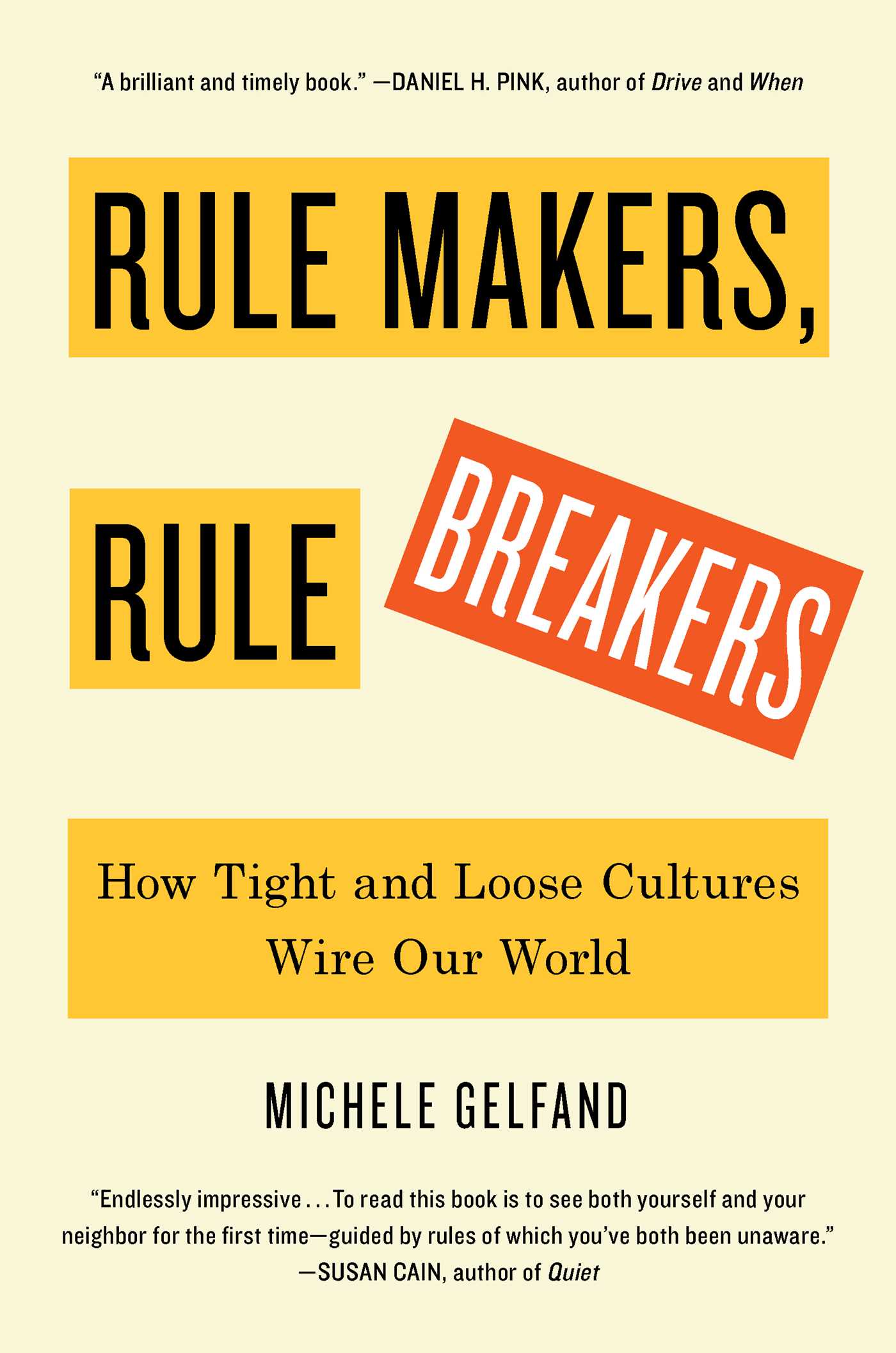Michele Gelfand’s work in social psychology explores how micro changes in behaviors connect to larger shifts in values in cultures. Her work has looked the effect of social norms across cultures. Her concept is that there are qualitative differences in tight groups (with strong norms, litter tolerance for deviance, more orderly) vs. loose groups (weak norms, high tolerance for deviance, less orderly).
Her research showed that tight groups coordinate well amidst threats of survival, both human made (e.g. tribal conflicts) and natural (e.g. natural disasters). Tightness can be activated, too, by real of natural threats. And the situations, such as libraries and subways, in tight cultures are even tighter. And individuals have psychological processes that fit well, or not so well, into these situations. So the big argument is that cultural variation of norms can be traced to the ecological/historical threat, diversity
Tight groups have lower creativity, higher discrimination and inequality. But it has constraints, self-control, standardization. Looseness has more open-mindedness and creativity. Both can be effective or not for survivability. But is one overall better in terms of societal well-being? Very tight and very loose nations have higher suicide, depression, lower happiness and other metrics of well-being as well as lower GDP.
As a community, we wondered, How do groups under high threat create norms that preserve open-mindedness, situational awareness, and curiosity? Is it possible for a group to be tight on norms of open-mindedness? We have learned from others at LILA the need to create such micro-cultures to avoid fiascos and catastrophe. If threat enables better coordination, does it depend on what the activity and how expert the actor is? If well adaptive cultures are not too tight or too loose, is it better to have a macro-loose culture with allowances for tightness at meso- and micro-layers? Or is it better to have macro-leaning tight culture with deviant looseness.

